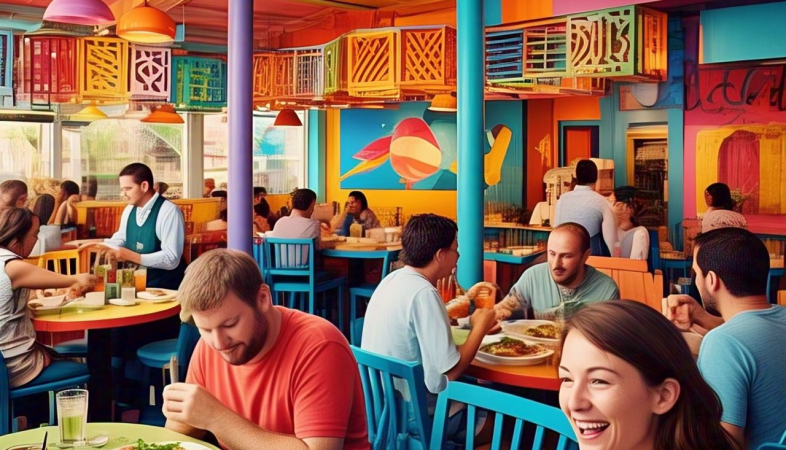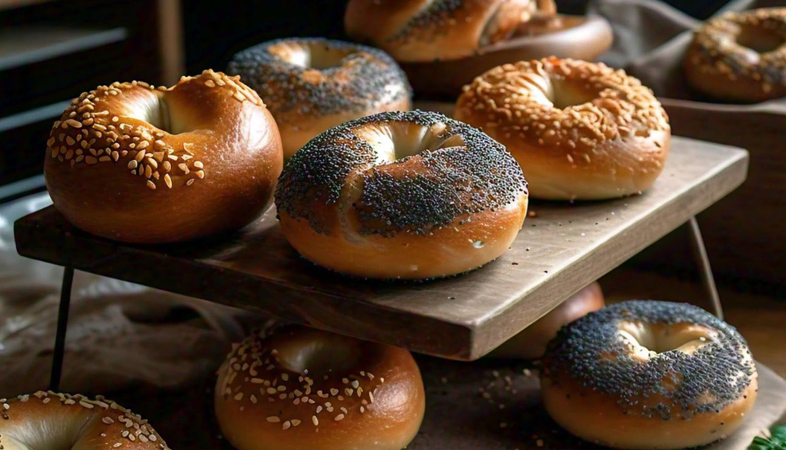Bamboo Hollow Cooking: Slow-Cooking Meat, Rice, or Fish Inside Bamboo in Northeast India
From gourmet restaurants to outdoor food experiences, bamboo cooking offers a compelling mix of history, sustainability, and unmatched taste.
Bamboo hollow cooking is an age-old culinary tradition
deeply rooted in the cultures of Northeast India. This method of slow-cooking
meat, rice, or fish inside freshly cut bamboo tubes is not only a testament to
the region’s resourcefulness but also a technique that enhances flavor
naturally. Practiced by indigenous communities across states like Assam,
Nagaland, Meghalaya, and Arunachal Pradesh, bamboo cooking is a unique blend of
simplicity, sustainability, and rich culinary heritage.
The process begins with selecting young, green bamboo, which imparts a subtle sweetness and earthy aroma to the food. Ingredients such as marinated meat, fragrant rice, or freshly caught fish are carefully stuffed inside the hollow section of the bamboo, often along with herbs, indigenous spices, and minimal water. The open end of the bamboo is then sealed with leaves or banana fibers before being placed over an open fire or hot embers. The slow, indirect heat allows the natural oils and juices of the ingredients to blend, creating a tender, flavorful dish with a distinct smoky essence.
What makes bamboo hollow cooking particularly fascinating is its self-contained cooking environment. The bamboo acts as both a vessel and an insulator, locking in moisture and preventing the food from drying out. Unlike metal or clay cookware, bamboo adds a subtle woody undertone to the dish, making it a truly unique gastronomic experience. Since no additional cookware is required, this technique is also sustainable and minimizes waste, aligning with traditional eco-friendly practices.
Different regions of Northeast India have their own variations of bamboo cooking. In Assam, "Sunga Pitha" is a beloved snack where rice flour is cooked inside bamboo tubes to create a soft, cake-like delicacy. The Nagas, known for their bold flavors, use this method to prepare succulent smoked meats infused with aromatic bamboo smoke. Meghalaya’s Khasi community often slow-cooks fish with mustard leaves and local spices inside bamboo, yielding a delicate yet complex flavor. Arunachal Pradesh, with its rich tribal influences, incorporates bamboo cooking into daily meals, often using wild herbs and foraged ingredients.
With the rise of interest in indigenous cooking methods and sustainable gastronomy, bamboo hollow cooking is gaining attention beyond the Northeast. Chefs across India and even globally are experimenting with this technique to create fusion dishes that celebrate tradition while appealing to modern palates. From gourmet restaurants to outdoor food experiences, bamboo cooking offers a compelling mix of history, sustainability, and unmatched taste.
As diners seek more authentic and immersive culinary experiences, bamboo hollow cooking stands out as a technique that not only respects nature but also transforms simple ingredients into an extraordinary feast. Whether it’s smoky meats, fragrant rice, or delicate fish preparations, the magic of bamboo hollow cooking lies in its ability to preserve tradition while delivering a naturally enriched flavor that modern cooking methods often struggle to replicate.
.png)


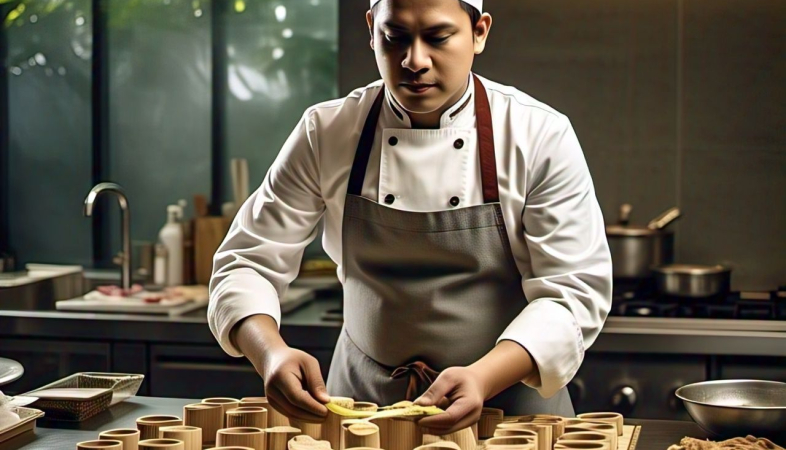











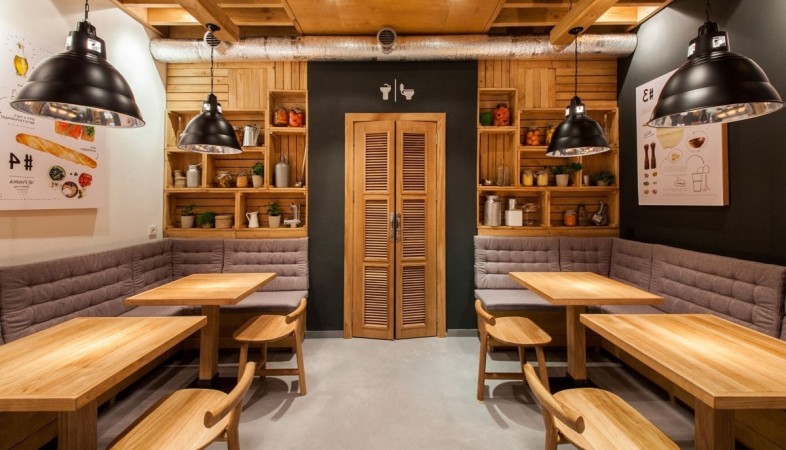
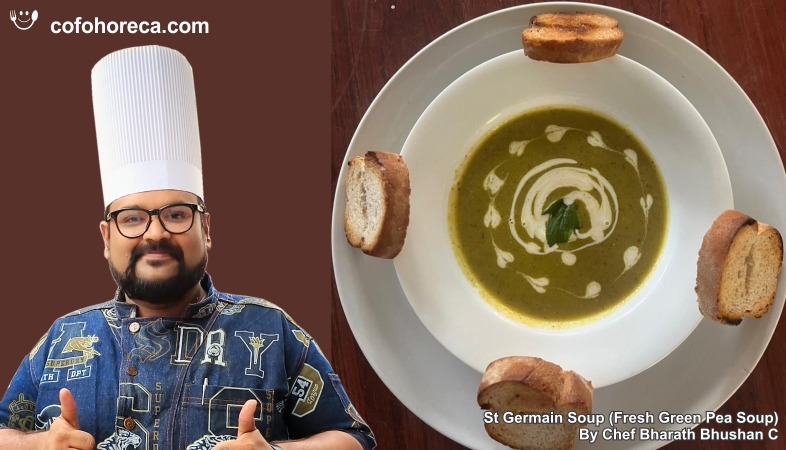
 at ITC Hotels.jpeg)

